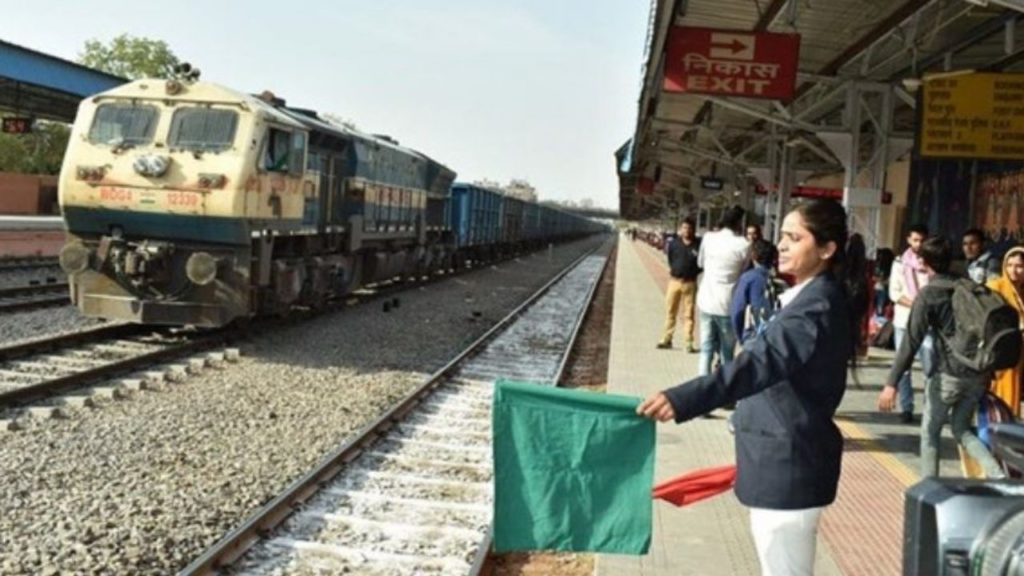Private Trains In India: These Routes Most Likely To Be Controlled By Private Firms?; Fares Can Be Anything!

Indian Railways has been working on putting up railways to be run by private players for a long time now.
Recently, there has also been news about the privatization of the IRCTC as well, and all of this is a part of the Government’s disinvestment plan.
Let’s find out which train routes are most likely to be run by private players right here!
Indian Railways Privatization Plans: Which Railways Will Be Privatized?
Indian Railways has reportedly put up 109 train routes to be run by private players and is also planning to offer a concession of 35 years to the selected bidders in the next year.
Under the project, the national transporter will be dividing the private players into 12 sections: Bengaluru, Chandigarh, Chennai, Delhi (two clusters), Howrah, Jaipur, Mumbai (two clusters), Patna, Prayagraj and Secunderabad.
A study by the state-owned rail engineering consultancy RITES and consulting firm Deloitte Touche Tohamatsu reveals that a majority of the routes that have been set aside by the private operators have sizeable traffic and it will be inclusive of intermediate stations and cities on the route.
Another analysis by train ticket discovery and booking platform Confirmtkt says that from the top 109 routes that will be run by private players, the biggest demand is for the Coimbatore-Chennai route.
After this, the next four routes that have the most demand are New Delhi-Patna, Chennai-Madurai, Mumbai-Surat, and Patna-New Delhi in the descending order. However, the routes with the lowest demands were Amritsar-Faizabad, Chandigarh-Nagpur, Faizabad-Amritsar, Guwahati-Darbhanga, and Karimganj-Agartala.
Routes With Highest Number Of Passengers To Have Highest Demand
Kotha Dinesh Kumar, Co-Founder and CEO of Confirmtkt said that the routes on which the number of passengers is the most would probably attract the highest bid as the demand is latent.
He said, “Even if trains on high-demand routes run at 50-60 percent occupancy, AC First and AC Second class can break even fast as long as fares have a 20-30 percent premium over current IR fares.”
As the private players will decide which services will be offered on the routes, they should be able to manage demands as well.

Comments are closed, but trackbacks and pingbacks are open.